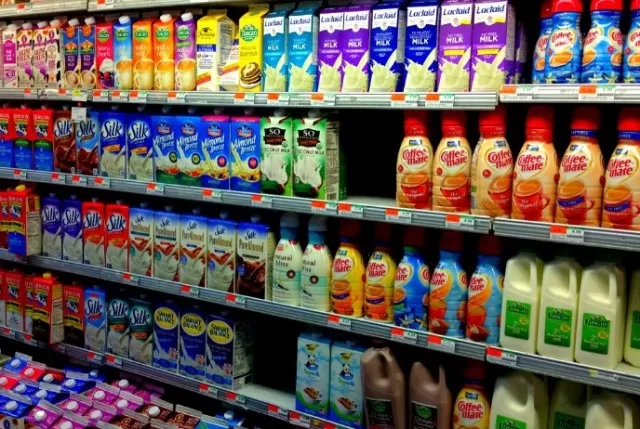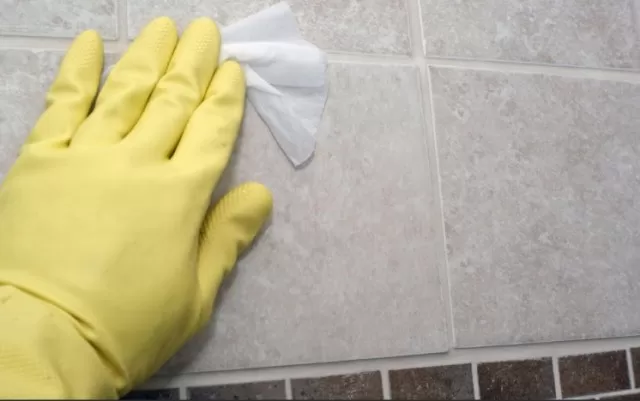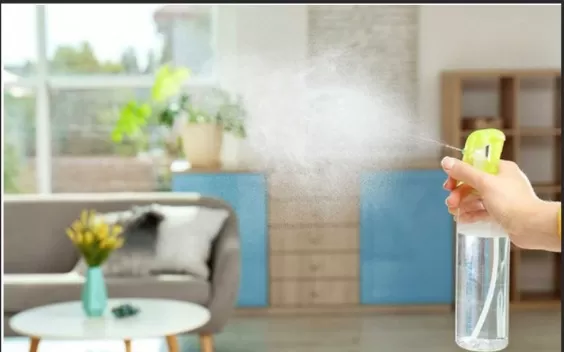Cleaning Don’ts: Items to Avoid with All-Purpose Cleaner. You’re correct that the term “all-purpose” can sometimes be deceptive, especially when it comes to certain products or situations.
It’s important to read product labels, follow instructions, and understand the limitations of “all-purpose” products. While they can offer convenience and versatility in many cases, there are instances where specialized products or tools may be more appropriate for specific tasks or desired outcomes.
The Illusion of Names: The Misleading Nature of All-Purpose Cleaners

Although the label may suggest otherwise, relying on an all-purpose cleaner for every cleaning task in your home can lead to unexpected consequences.
While these versatile Cleaning Solutions generally prove effective on numerous household surfaces, there are certain instances where they fall short or, worse yet, inflict damage. To shield surfaces from unsightly stains, discoloration, and potential harm, it is crucial to refrain from using an all-purpose cleaner on the following materials.
The Deceptive Treatment of Glass Surfaces: An All-Purpose Cleaner\’s Shortcomings
When faced with the task of cleaning glass, an all-purpose cleaner may seem like a convenient choice, but it fails to match the effectiveness of a specialized glass cleaner.
Mirrors, windows, and other glass surfaces demand a cleaning solution specifically formulated to dissolve oil and grease without leaving behind streaks. Opting for a dedicated glass cleaner ensures superior results in achieving a crystal-clear shine. Furthermore, to prevent any residue from tarnishing the surface, it is advisable to employ a lint-free cloth rather than relying on paper towels during the cleaning process. By acknowledging the limitations of all-purpose cleaners on glass surfaces, you can preserve the transparency and brilliance of your glass fixtures.
The Masked Vulnerability of Unsealed Surfaces: A Cautionary Tale for All-Purpose Cleaners

Unveiling the truth about unsealed concrete and stone surfaces reveals their porous nature, rendering them challenging to clean and susceptible to damage when exposed to improper substances.
In most cases, wiping down unfinished surfaces with a damp microfiber cloth may seem like a viable option. However, to avoid undesirable outcomes such as staining or discoloration, it is highly recommended to consult the manufacturer’s instructions beforehand.
These guidelines serve as a crucial safeguard, ensuring that the cleaning process is carried out in a manner that preserves the integrity and appearance of unsealed surfaces. By heeding this cautionary advice, you can prevent potential harm and maintain the natural beauty of your concrete and stone fixtures.
Unraveling the Limits: All-Purpose Cleaners and the Untouchable Realm of Carpets and Upholstery
All-purpose cleaners, while adept at tackling hard surfaces, fall short when it comes to the intricate world of fabrics encompassing carpets, rugs, curtains, and upholstery.
These versatile cleaners are not specifically formulated for the delicate fibers present in such materials. Consequently, it is advisable to invest in a dedicated cleaner designed explicitly for this purpose, rather than relying on homemade concoctions. The vulnerability of fabrics to stains necessitates a cautious approach, adhering strictly to the cleaning instructions specified on the care label. It is worth noting that different fabrics require different treatments, some calling for water-based solutions while others exclusively necessitate dry-cleaning solvents. By recognizing and respecting the unique requirements of carpets and upholstery, you can safeguard their longevity and appearance, ensuring a clean and pristine environment within your home.
The Intricate World of Toy Hygiene: All-Purpose Cleaners Fall Short

Parenting entails the continuous task of ensuring cleanliness in every object that comes into contact with our little ones, including their cherished toys.
However, the use of all-purpose cleaners on toys is not advisable, especially when considering children’s inclination to put things in their mouths, particularly small toys that are enticing to chew on. Cleaning agents contain chemicals that can pose a danger if ingested, even in small quantities, and may have adverse effects on children’s health.
To maintain a safe and hygienic play environment, alternative cleaning methods are recommended. Toys can be wiped down with warm water, offering a gentle yet effective cleaning solution.
Furthermore, non-electronic plastic toys can be safely cleaned by placing them in the top rack of the dishwasher, ensuring thorough sanitization. By embracing these toy cleaning practices, we prioritize the well-being of our children while ensuring their beloved playthings remain a source of joy and safety.
*The information is for reference only.